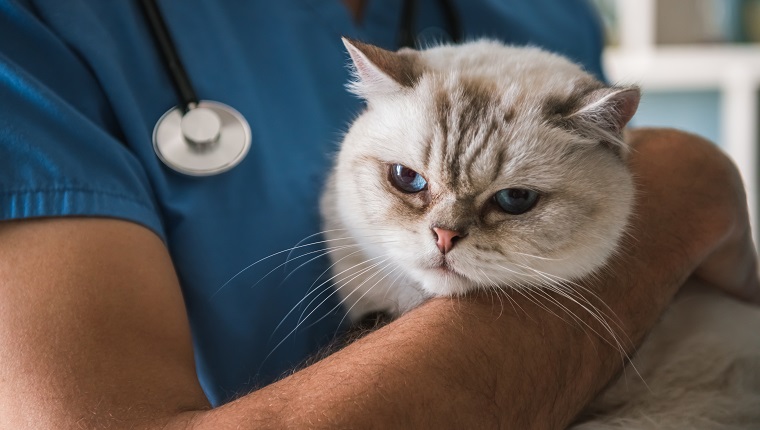Cyanosis in cats is a medical condition that can result in a kitty’s skin and some of their mucus membranes turning blue. The main cause is red blood cells not carrying enough oxygen around the body.
Many cases are the result of an underlying condition that involves the heart or respiratory system. Sadly, the prognosis is often poor, so early…





